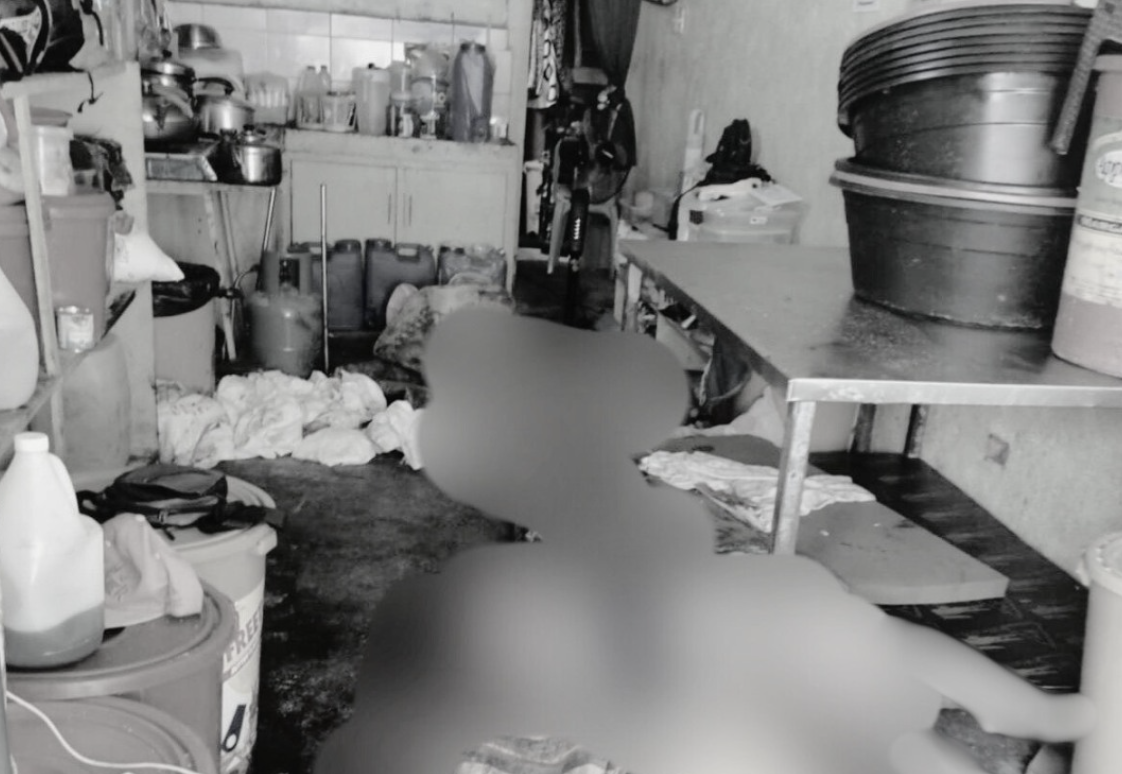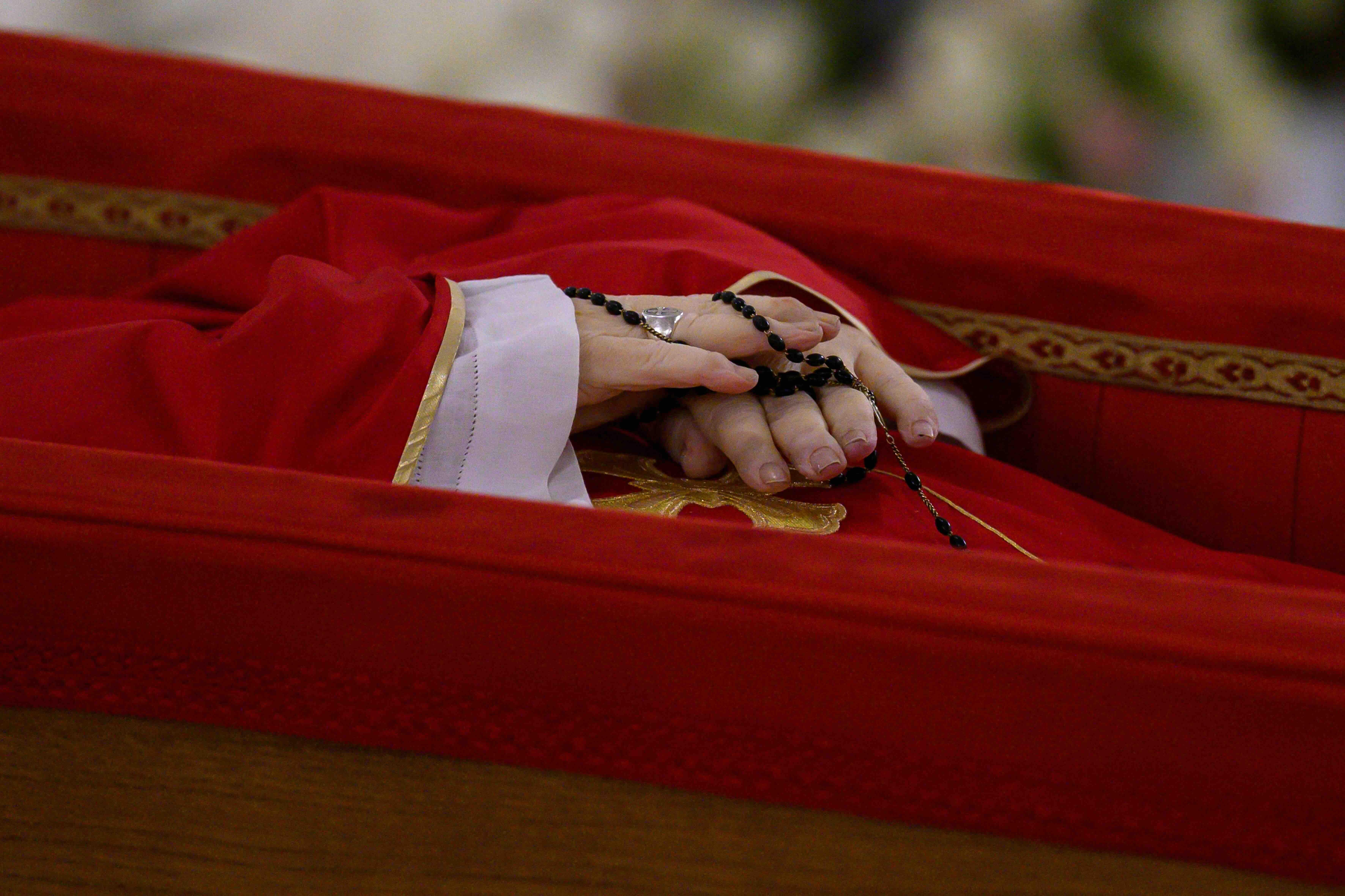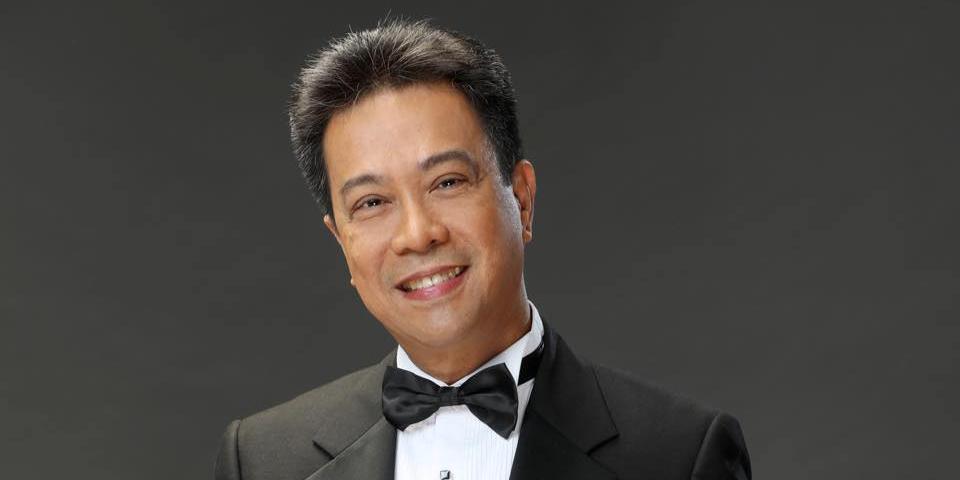How the Aeta communities of San Felipe, Zambales came together to reforest their ancestral land
_2024_07_25_15_42_47.jpg)
Amid severe flooding caused by Carina, netizens are quickly realizing the importance of trees and forests in preventing floods.
So the viral Facebook post of social and environmental entrepreneur Raf Dionisio couldn't have come at a better time.
His photo is a collage of an area in San Felipe, Zambales that shows the vast difference between before and after planting 62,000 trees.
According to Dionisio, the area is just a portion of the ancestral land that belongs to the Aeta communities of Yangil and Banawen in San Felipe, Zambales that had stood barren for some 30 years.
With support from his team and many friends, the Aetas reforested the area over the course of seven years, putting in hard work despite strong rain and hot summers.
In his post, Dionisio said they wanted to "build a green economy based on agroforestry where taking care of nature builds wealth."
His post has since gone viral, having been shared nearly 30,000 times, and attracting more than 200 comments as of writing.

Need a wellness break? Sign up for The Boost!
Stay up-to-date with the latest health and wellness reads.
Please enter a valid email address
Your email is safe with us
Speaking to GMA News Online, Dionisio said the area is just a small part of the larger 4,000 hectare-ancestral domain that needs to be reforested after the 1991 Mount Pinatubo eruption killed most of the vegetation in the area.
Dionisio came across the area sometime last decade, while he was running a surf hostel. "We wanted to do programs for our guests after surfing," he tells GMA News Online on email.
The post-surf hospitality program allowed them to plant their first 20,000 trees back in 2017, "with guests doing the majority of the seed potting and nursery work supervised by the chieftain's wife and her neighbors."
"The men of the village would hike up the steep slopes at the start of the rainy season to plant," Dionisio added, describing as "a Hail Mary so to speak."
"We just threw all our tours profits into planting as I really felt time was running out in terms of our need for the forest."
But the difficult work actually began sometime in 2015, when he and his team began learning the culture of the Indigenous People. He describes it as "a process — something new to everyone."
According to Dionisio, it took a full year — between 2015 and 2016 — "before mutual trust was built between myself and the Aetas."
When trust was finally established, Dionisio, together with two Aeta chieftains, their Indigenous Peoples Municipal Representative, and a Pastor/People's Organization leader, flew to Bukidnon to meet the Talaandig tribe, who along with the Hineleban Foundation taught their group how to reforest.
Dionisio narrates flying to Bukidnon was a condition set by his mentor. "He said he would train me but on the condition that I brought the Aetas to Bukidnon to see actual reforested sites and meet the community who did it," Dionisio continued.
"'It's their land, so they need to be part of the process'," he recalled his mentor telling him.
Dionisio said they worked with the IPs "in tandem a lot - studying sites for ease of logistics and viability for ecotourism, mapping out all the trees available inside the site (and seeds we needed to source outside of the ancestral domain)."
The Aetas would plant, his team would help document find the seeds, and later on, "take some guests to help do site management."
The government had a hand in the noble pursuit, too, Dionisio adds. "The tourism office of San Felipe was very helpful in connecting us to the Aetas," he said, with the provincial tourism office coming in later to give suggestions on the various programs his hostel and touring company, MAD Travel, would run. "I got to meet the provincial government office and they also helped provide medical services for the Aetas," he said.
"The local agriculture office helped too and sent seedlings, while DENR also had large planting projects in the area," he continued.
Dionisio added, the National Commission of Indigenous People "were helpful in guiding us through meetings with the community," while the Tourism Promotions Board sent "support through donations and volunteers.”
But it wasn't easy. Apart from wrestling with a worsening climate — "very hot summers with wildfire and no trees in the area and floods that would suddenly cancel tours" — the physical challenge of walking through steep inclines and low valleys was a major challenge, as was gathering resources.
"We had to be very creative in promoting the forest as this is not new," Dionisio continued, saying they ran programs like a tribes and treks tour, offered tree gift cards, made a short film, and had things like feast from the forest and tipsy with sustainability.
"Truth be told, I was always tired. But that exhaustion came with exhilaration because we were doing something about the climate and poverty issue," Dionisio said.
What supercharged their efforts was the support of the NGO, For the Future, environmentalists like Nadine Lustre, and friends from private oganizations like Bioten.
But while all that truly helped, "we saw that tourism would fall short of creating income for all," So that's why, "with mentors from the Tuminugan Farm and the Sambali Beach Farm," they started studying soil restoration, agro forestry and permaculture.
Agroforestry is the practice of integrating trees and shrubs into crop and animal farming systems to create environmental, economic, and social benefits," while permaculture integrates "the study and application of various indigenous knowledge systems, the natural and social sciences, engineering and architecture, humanities, entrepreneurship, and ethics into one accessible and practical design framework for sustainable living in the modern era," the UP Open University said.
In his post, Dionisio said they planted Madre de cacao trees close to the village because "the tree regenerates so it's easy to use this for cooking instead of cutting above native trees. Flowers are also used for food."
They also planted Kupang, Narra, Yakal, and Tibig, to help grow the rainforest, and calamansi, cashew, bamboo, jackfruit, and sampaloc, for the agroforestry aspect of the reforestation project, to help the community earn.
Since starting the reforestation project in 2017, Dionisio would constantly share updates on his social media account, posting photos of the katutubos and the trees they were growing, keeping tabs of the number of trees they were taking care of, and sharing new learnings about nature.
They are now also working in Antipolo with the Dumagats, planting trees to support the Sierra Madre, as well as looking into increasing biodiversity in mangroves in Bohol, and Lobo, Batangas. "We also hope to work in Nueva Ecija," he said.
The 62,000 trees they've since planted in San Felipe, Zambales have not only translated to better lives and sustainable livelihood for the katutubos, it's also helping combat the worst of climate change.
In a video, MAD Travel has equated the 62,000 trees to 25M liters of water absorbed. That's 25M liters of water that would've otherwise flowed down into the lowlands, and worsened the flooding that occurred across Luzon, including Metro Manila.
Zambales was among the provinces that received orange rainfall warning on Thursday, morning with PAGASA saying residents needed to prepare for possible evacuation as flooding was “still threatening” the province.
According to MAD, the trees helped lower the temperature in the area by several degrees.
As climate change brings about extreme weather events not unlike Carina, let Dionisio's efforts serve as a reminder — to work with nature in finding solutions, to respect indigenous wisdom and involve them in our solutions, and to take care of the earth because as Dionisio as shown, it will take care of us back.
— GMA Integrated News

Need a wellness break? Sign up for The Boost!
Stay up-to-date with the latest health and wellness reads.
Please enter a valid email address
Your email is safe with us







_2025_04_22_14_53_38.jpg)


